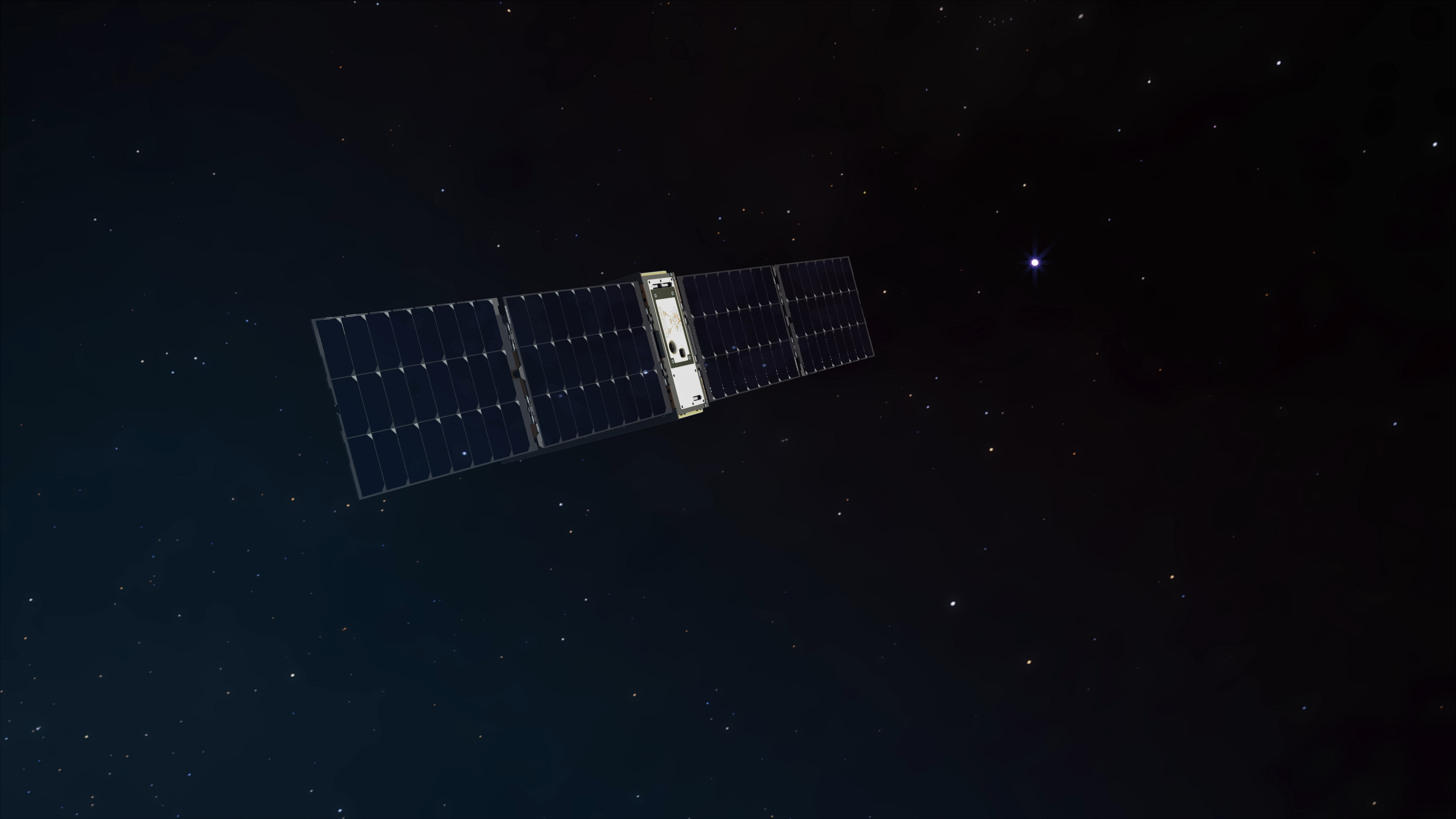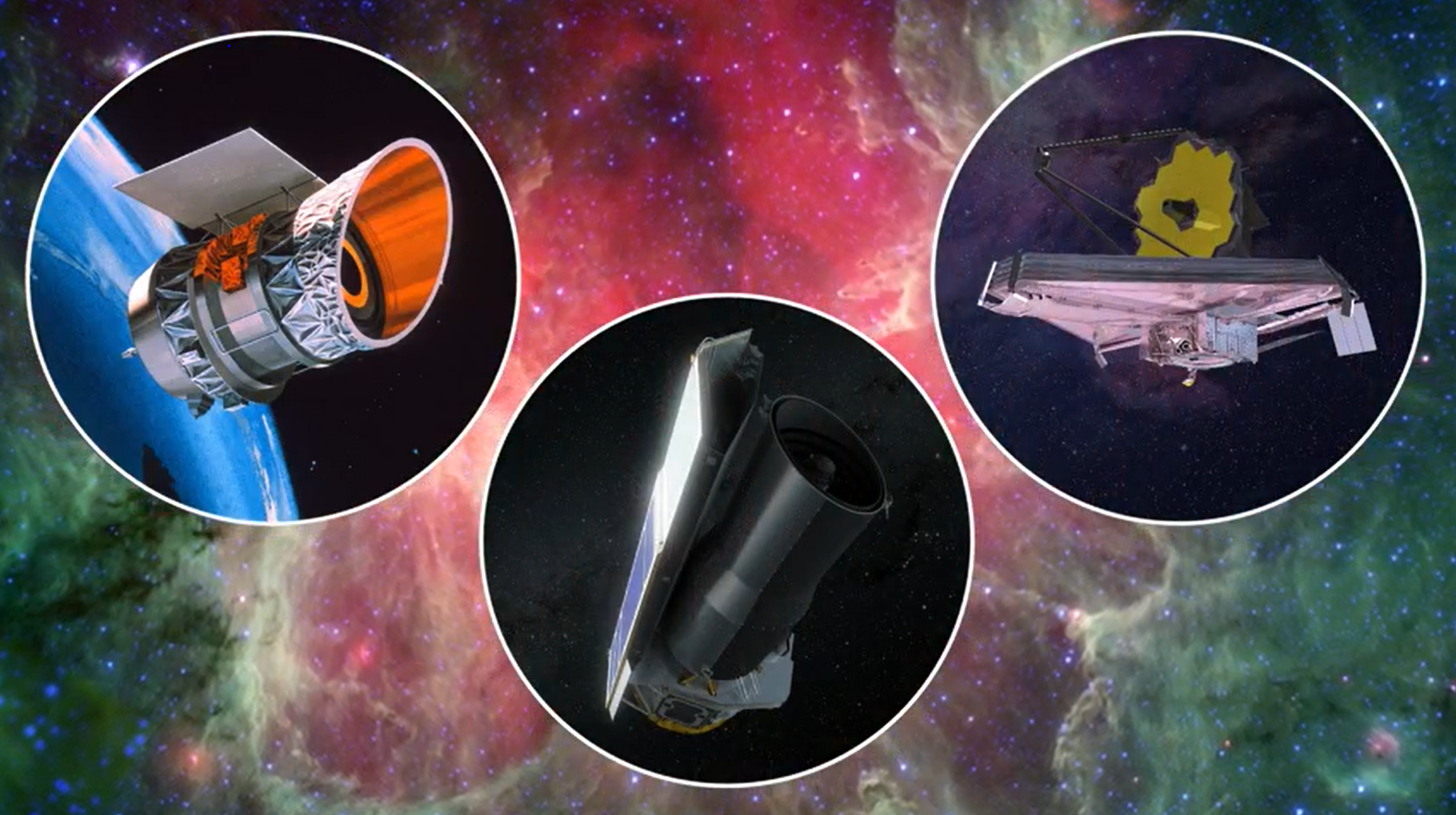10 min read
Reflecting on NASA’s accomplishments in photonics as we celebrate the International Year of Light
On Earth, radiation from the sun makes life possible: it not only provides the warmth necessary to sustain liquid water but also fuels the bottom of the entire food chain directly by powering photosynthesis. Light is so essential to our existence that it’s easy to take it for granted. Making sure that doesn’t happen, the United Nations Educational, Scientific, and Cultural Organization (UNESCO) has declared 2015 the International Year of Light and Light-Based Technologies, with hundreds of related events scheduled around the world.
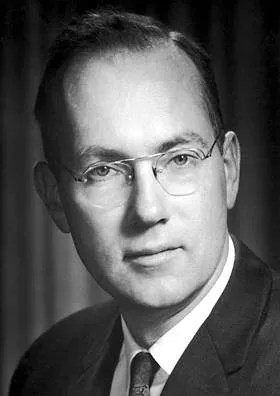
Light is nothing if not elusive. Traveling at the fastest speed physically possible, the photon exhibits both wave- and particle-like properties and has no mass. Yet science has devised ways to harness and manipulate this elemental energy to achieve seemingly impossible tasks, such as determining the composition of distant stars, mapping gravitational fields, instantly vaporizing steel, and transmitting mountains of data around the world in seconds through threads of glass the width of a human hair. And this is just visible light. Add the far-spectrum radio wave, and the list of applications expands exponentially.
Yet NASA has remained at the forefront of many of these technologies and even achieved many of the milestones in its progress.
Perhaps no technology exemplifies the harnessing and manipulation of light better than the laser, which emits an amplified beam of focused, uniform light. The principle on which the laser operates was conceived in 1951 by Charles Townes, who died in the first month of the Year of Light at the age of 99. A Columbia University professor and consultant for Bell Telephone Laboratories at the time, Townes was seeking a way to employ Einstein’s theory that an excited atom stimulated by the right wavelength of light would emit light of the same wavelength, thereby amplifying it. He wanted to use this principle to create an intense beam of microwave energy for the study of energy states and structures of molecules and atoms.
The resulting invention, which Townes called the MASER—that is, microwave amplification by stimulated emission of radiation—produced an intense, uniform beam of a single, synchronized wavelength of microwaves. This discovery garnered Townes the 1964 Nobel Prize in Physics. From there, it was a short leap to use the same principle to create a similar, coherent beam of visible or infrared light, and Theodore Maiman developed the first laser in 1960 by building on Townes’ concept.
Lasers Take Hold at NASA
Four years later, building on this new invention, engineers at NASA’s Goddard Space Flight Center carried out the first laser ranging for satellite tracking, using a ruby laser to bounce a beam off the Explorer 22 satellite and catching the returning beam with a receiving telescope. While microwave radars, using waves of electromagnetic radiation, had previously been used to track satellites with an accuracy within 250 feet, the laser, using light waves, could pinpoint an orbiting satellite within 10 feet. By the next year, laser ranging to track satellites was almost routine, and similar systems today are accurate within millimeters.
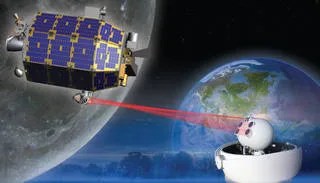
The first use of lasers to transmit information between Earth and a space vehicle occurred in 2013, when NASA’s Lunar Atmosphere and Dust Environment Explorer (LADEE), in orbit around the moon, used laser pulses to communicate with the Lunar Lasercomm Ground Terminal in White Sands, New Mexico
The success also foreshadowed other laser applications yet to come. At the time, Henry Plotkin, who led the laser-ranging experiments at Goddard, predicted the technology would one day be used to collect information on the shape of Earth or for communication between Earth and space vehicles. Sure enough, orbiters like NASA’s Ice, Cloud, and Land Elevation Satellite, which flew between 2003 and 2009, have used lidar—a sort of laser-based version of radar—to track ice-sheet and land topography and to monitor clouds and the atmosphere.
Laser communication between Earth and space vehicles has taken time to develop. The MIT Lincoln Laboratory conducted early tests in the late 1990’s and early 2000’s, and in 2013, NASA’s Lunar Atmosphere and Dust Environment Explorer (LADEE), in orbit around the moon, began using pulses of infrared laser to exchange information with the Lunar Lasercomm Ground Terminal in White Sands, with an upload rate of 20 megabits per second. The use of laser communication instead of radio waves is expected to increase data transmission capacity from space to allow for higher image resolutions and even 3D video.
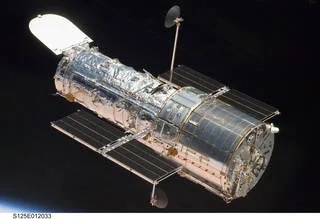
NASA’s Hubble Space Telescope has spent the last 25 years in low-Earth orbit, capturing breathtaking images ranging from galaxies billions of light years away to events in our own solar system. Hubble is only one of the agency’s four Great Observatories
Relying on lasers, researchers at NASA are also working on a 2017 mission that will result in the most accurate measurements of Earth’s gravitational field ever made, using the length of a light wave as a unit of measurement. The agency is also providing an upcoming ESA mission, LISA Pathfinder, with a similar tool that will demonstrate a method for detecting subtle shifts in the relative positions of two test masses in space in the hopes of detecting gravitational waves—predicted by Einstein’s theory of general relativity but never directly detected.
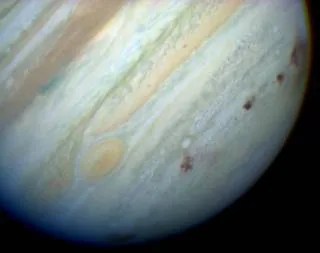
And scientists also commonly send laser pulses into the atmosphere to measure distortions caused by various gases and turbulence. These distortions, while the cause of the pleasant “twinkling” of stars, cause images to appear blurry. Measuring these distortions and adjusting for them allows ground telescopes to dramatically improve their images.
From Farmers’ Fields to the Edge of the Universe
Lasers, however, are only one application of photonics. Since the mid-1970s, for example, huge advances have been made in photovoltaic technology, which converts radiation from the sun into electrical power, and NASA has had a hand in many of those advances as well. The agency has partnered with companies to put durable, paper-thin, highly efficient solar cells onto flexible sheets and to incorporate nanotubes into solar panels for added efficiency.
Earth-imaging satellites, most famously the Landsat satellites NASA has built for the US Geological Survey since the early 1970s and the Terra and Aqua satellites operated by the agency, use light in the visible spectrum and beyond to continually map Earth and its atmosphere, monitoring water cycles, groundwater, vegetation, climate, ice coverage, and more. The data is used by a host of industries, particularly those dealing with agriculture, as well as governments, researchers, environmental organizations, and others. The images can help individual farmers manage their own fields or let scientists spot global trends in forest cover, water tables, and countless other environmental factors.
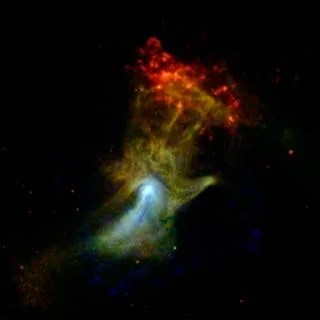
NASA also turns similar technology toward the deepest reaches of the universe. The best known of the agency’s observatories is the Hubble Space Telescope, which has spent the last 25 years in low-Earth orbit capturing the most breathtaking images of deep space ever recorded. With unparalleled sensitivity to the visible spectrum, Hubble has given the world a look both at galaxies billions of light years away and at events closer to home, such as a comet’s collision with Jupiter in 1994. Its instruments have detected the composition of distant objects like quasars and have made the telescope a formidable hunter of black holes.
Hubble, however, is just one of NASA’s four Great Observatories that have captured incoming photons from across the universe. The Compton Gamma Ray Observatory that operated from 1991 to 2000 documented around 2,700 gamma ray bursts in distant galaxies and spotted a possible cloud of antimatter over the center of our own Milky Way, among other accomplishments. The Spitzer Space Telescope, an infrared observatory operating since 2003, became the first to see light directly from planets in other solar systems. And the Chandra X-Ray Observatory that’s been in orbit since 1999 has detailed the behavior of black holes and supernovas, found a halo of hot gas surrounding our galaxy, and given us the famous “Hand of God” photo, in which a vast cloud of material ejected by an exploding star resembles the outline of a human hand.
Perhaps none of these, though, matches NASA’s less known Wilkinson Microwave Anisotropy Probe (WMAP) for sheer accomplishment. Launched in 2001 and decommissioned in 2010, the probe confirmed and refined scientists’ estimations of the universe’s age, geometry, and history by mapping temperature differences and polarization in the microwave background left over from the flash that followed the Big Bang, hundreds of millions of years before the first stars formed. Among other findings, data from the probe pinpointed the age of the universe at 13.77 billion years, determined that more than 95 percent of the universe is made up of so-called dark energy and dark matter, and led scientists to announce that space is only slightly curved.
And the James Webb Space Telescope, the successor to the Hubble, will be a large infrared telescope that will serve thousands of astronomers worldwide. Using a series of infrared instruments, this telescope will be able to study every phase of our universe’s history, from the first glow following the Big Bang to the formation of solar systems, including our own. It will also measure the composition of atmospheres around exoplanets, helping us in our search for life on other worlds.
Pioneering Space Technology Means Benefits for the World
These are only a handful of the applications the space agency has found for the generation, manipulation, and detection of photons, says NASA’s chief scientist Ellen Stofan. “Other applications where NASA and others have done groundbreaking work include fiber-optic communications, laser gyroscopes, laser cooling to create atomic clocks, automated laser machining, medical imaging, and even the use of particle accelerators to create extremely bright light that reveals molecular and atomic details,” she says. “In fact, you can’t get out of the grocery store or onto a plane without lasers scanning your bar codes.”
While not a direct NASA invention, NASA did create advanced bar code reading technologies capable of reading trough paint and debris, useful for cataloging space craft parts or any industrial equipment.
Small Business Innovation Research contracts administered by NASA have led to LED lighting sources that can mimic daylight for camera calibration or prompt sleep or alertness for consumers. Others led to the lidar-like eye-tracking system that guides an excimer laser that vaporizes tissue in laser eye surgery.
“With its International Year of Light, UNESCO examines the ways all these technologies and more can improve life on Earth, from affordable light sources that would allow hospitals to function after dark in developing countries to cleaner energy, broader access to information, and more affordable, effective medical equipment,” says David Miller, NASA’s chief technologist.
“And Charles Townes’ work,” Miller continues, “dramatically emphasizes that research for curiosity’s sake is essential if we want to change the world.”
According to UNESCO, business in the field of photonic technology grew twice as fast as worldwide gross domestic product in the years between 2005 and 2011, and the industry’s $340 billion global market is expected to double between now and 2020. It’s an appropriate time to consider the transformative power of the light—visible and invisible—that we so often take for granted.
Last Updated: July 15, 2015
Editor: Loura Hall


